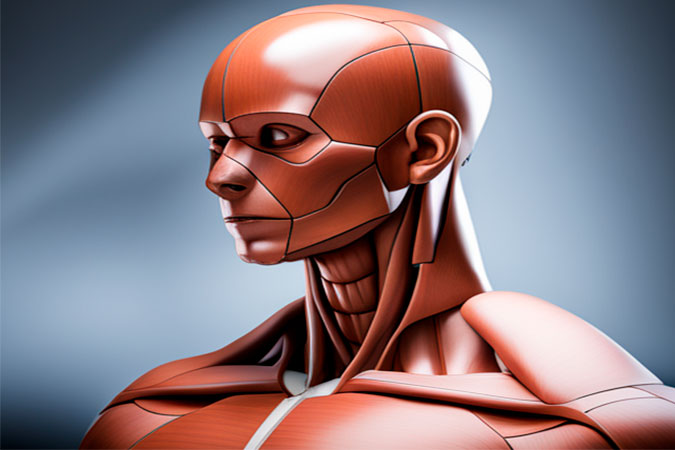Approaches to Studying Gross Anatomy: Regional Versus Systemic
This article outlines two primary methodologies for studying gross anatomy: the regional and the systemic approach. The regional approach involves the detailed study of each part of the body and all its related structures separately, providing a detailed understanding of a specific area. The systemic approach, on the other hand, focuses on studying the body’s systems and following them throughout the body, providing a more holistic view of bodily functions. The article emphasizes the benefits and limitations of each approach and suggests that a combined approach, utilizing both regional and systemic study, could offer a comprehensive understanding of the human body. This combination allows for an integrated study of anatomy, facilitating a dynamic exploration of the human body’s structure and function, invaluable in medical practice.

Approaches to Studying Gross Anatomy
Anatomy, a fundamental medical science, provides us with a comprehensive understanding of the human body and its intricate design. Derived from the Greek word ‘temnein,’ meaning “to cut,” the study of anatomy is traditionally associated with dissection, a method providing direct observation and palpation of structures. In recent years, the teaching of anatomy has evolved, incorporating pre-dissected prosected material, plastic models, computer teaching modules, and other learning aids, supplementing, or in some cases replacing, dissection.
The study of anatomy can follow two key approaches: regional and systemic. Each approach has its distinct advantages and challenges, offering unique perspectives on the complex structure of the human body.
The Regional Approach: A Close Examination of Body Parts
In the regional approach, each part of the body is studied separately with all aspects of that specific region examined concurrently. If, for instance, the thorax region is under study, all its structures – vasculature, nerves, bones, muscles, and other organs within this region – are scrutinized. Following the thorax, other regions such as the abdomen, pelvis, lower limb, upper limb, back, head, and neck are studied in a similar manner.
This approach works exceedingly well if the anatomy course involves cadaver dissection. The regional approach offers students a detailed, contextual understanding of the structural interrelationships within a given area of the body. However, it falls short when it comes to understanding the continuity of an entire system throughout the body.
The Systemic Approach: Tracking Systems throughout the Body
Contrastingly, the systemic approach dissects the human body by its systems. Each system is studied and followed throughout the entire body. For example, a study of the cardiovascular system would examine the heart and all the blood vessels in the body. This approach continues with the nervous system, skeletal system, muscular system, gastrointestinal system, respiratory system, lymphatic system, and reproductive system.
The systemic approach fosters a holistic understanding of how each system operates across the entire body, providing an appreciation of the continuity of these systems. However, it may pose difficulties in coordinating directly with cadaver dissection, and it can be challenging to delve into the fine details within a particular region of the body.
Striking the Balance: Combining Both Approaches
In essence, both the regional and systemic approaches to studying anatomy are crucial for providing a comprehensive understanding of the human body. Each method contributes unique aspects of understanding, with the regional approach allowing for a detailed view of individual body regions and the systemic approach providing a broader view of bodily systems.
In many modern curricula, a combined approach is used to maximize the benefits of both methods. For example, a student may learn the regional anatomy of the thorax and then study how the cardiovascular and respiratory systems – components of the thorax – function throughout the body.
Through this integration, the study of anatomy becomes a dynamic exploration of the human body, marrying the detailed study of structures in their proper context with an appreciation of how the body’s various systems work in harmony across different regions. By striking this balance, students of anatomy can acquire a comprehensive and practical understanding that will serve them well in their future medical careers.











